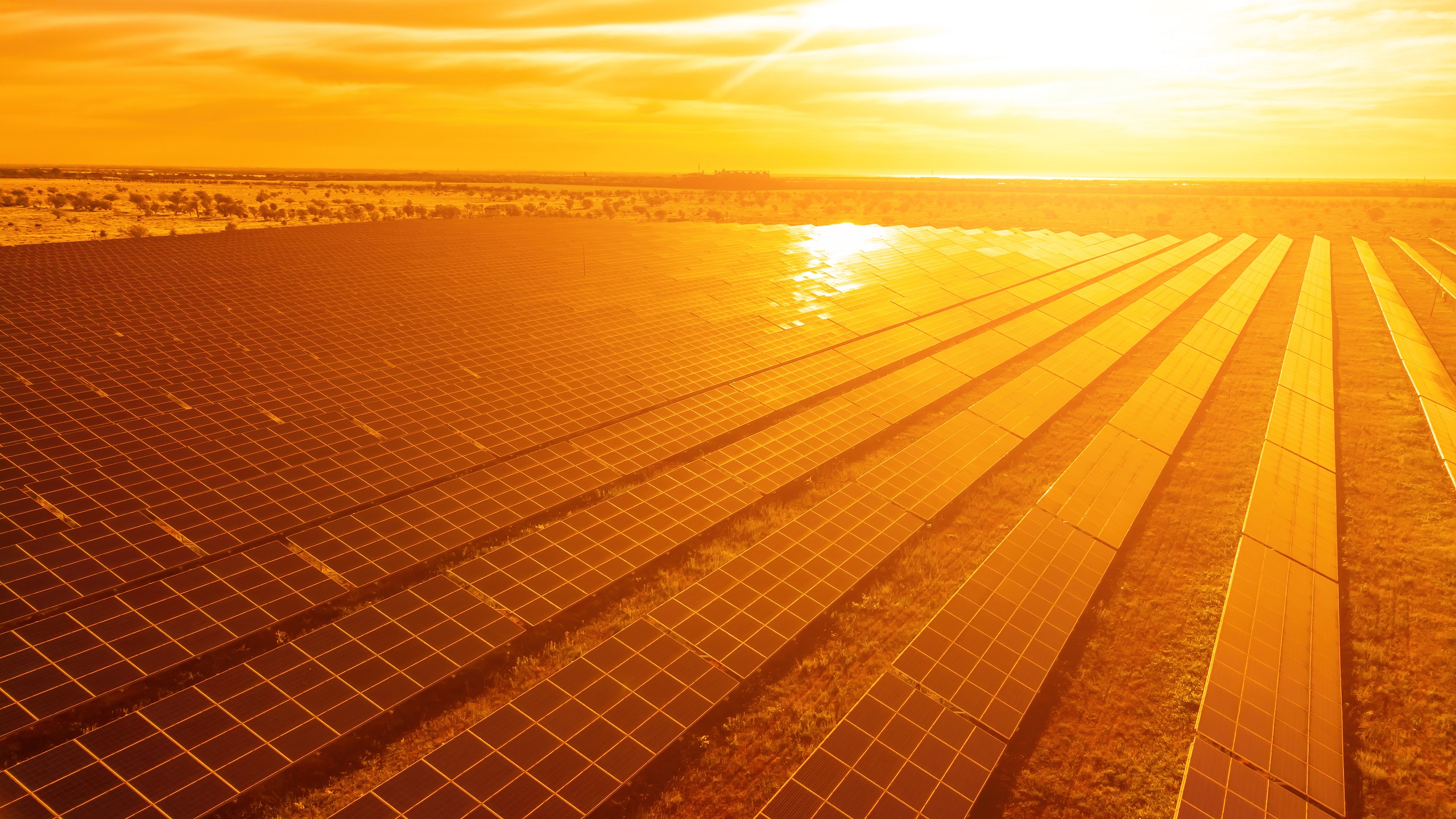GCC Countries Work To Lead the Green Hydrogen Economy
With abundant low-cost solar energy, Gulf nations are well-placed to produce and export green hydrogen and help limit global warming. The UAE, Qatar, Saudi Arabia and Oman all aim to become part of the green hydrogen supply chain.
Countries around the Arabian Gulf have been working to become part of the green hydrogen supply chain, that is, hydrogen produced using renewable electricity, which aims to lower greenhouse gas emissions and limit global warming.
The United Arab Emirates, for example, has established the Dubai Hydrogen Alliance to accelerate its transition to a green economy and support the Hydrogen Council’s global initiatives.
Qatar has signed several memorandums of understanding with Asian countries to explore hydrogen cooperation and investment opportunities.
Saudi Arabia has set a target of producing 2.9 million tons of hydrogen per year by 2030 and 4 million tons per year before 2035.
But it is a fourth Gulf Cooperation Council country that is considered the region’s leading hydrogen producer: Oman.
Oman’s high-quality renewable energy resources and vast tracts of available land make it well-placed to produce large quantities of low-emissions hydrogen
In a report titled “Renewable Hydrogen from Oman: A Producer Economy in Transition,” the International Energy Agency said, “Oman’s high-quality renewable energy resources and vast tracts of available land make it well-placed to produce large quantities of low-emissions hydrogen, a fledgling industry today that can attract investment to diversify and expand the country’s export revenues.”
The main markets for green hydrogen exports from the GCC are Asian and European markets.
Give the gift of hope
We practice what we preach:
accurate, fearless journalism. But we can't do it alone.
- On the ground in Gaza, Syria, Israel, Egypt, Pakistan, and more
- Our program trained more than 100 journalists
- Calling out fake news and reporting real facts
- On the ground in Gaza, Syria, Israel, Egypt, Pakistan, and more
- Our program trained more than 100 journalists
- Calling out fake news and reporting real facts
Join us.
Support The Media Line. Save democracy.


“The expectations are high, especially within Europe, as Oman is seen as a major potential source not only for green hydrogen but also for green ammonia,” Cyril Widdershoven, an analyst at Hilltower Resource Advisers, told The Media Line.
“The IEA states that according to the official strategy of Oman, which is to produce around 1 million tons per year of hydrogen by 2030, 3.75 million tons by 2040, and 8.5 million tons per year in 2050, it could be a major source,” he said.
The Dutch port of Rotterdam has targeted 3 million to 4 million tons of hydrogen by 2030, which is not expected to be reached.
Therefore, Europe is looking to the GCC for green hydrogen. Oman is in a good position, as it does not need to send exports via the Strait of Hormuz, has the available land, is stable, and has good relations with Europe.
“For the rest of the GCC, the Omani approach is no threat at all,” Widdershoven said. He added that it could even be seen “as another major opportunity” for companies to join in integrating Oman’s overall regional hydrogen strategy and pushing for major investments into Oman from the other Arab countries.
There needs to be a national or GCC Regional Hydrogen Strategy where countries in the region get to identify the amounts they plan to produce, the amount and type of support needed, and even a framework for private entities to invest in green hydrogen
However, care needs to be taken so that an increase in world demand for green hydrogen from the GCC does not create a shortage in the producing countries, Dr. Aseel A. Takshe, an associate professor in the Communications, Arts and Sciences Faculty at the Canadian University Dubai, told The Media Line.
“There needs to be a national or GCC Regional Hydrogen Strategy where countries in the region get to identify the amounts they plan to produce, the amount and type of support needed, and even a framework for private entities to invest in green hydrogen,” she said.
“Overall, there is a need for a strong and tight master plan in order for all the steps to fall into place at the right time.”
The GCC already has an existing infrastructure for port logistics and methanol and ammonia plants and industries, which will be beneficial in the transition into a green fuel hub.
The movement toward hydrogen-based energy allows the GCC to play a significant role in an emerging industry
According to a PricewaterhouseCoopers report, over the next three to five years, the GCC countries must focus on “areas such as developing a national strategy, establishing the business case, launching pilot projects, and creating a supportive policy, regulatory, and investment framework,” to gain advantages in all stages of green energy production. Other analysts say the GCC countries must also create consumer awareness about hydrogen products.
“The movement toward hydrogen-based energy allows the GCC to play a significant role in an emerging industry. Green hydrogen will become vital in a carbon-free future, and the GCC is well-positioned to enter the market due to its plentiful solar energy,” Dr. Umud Shokri, a Washington-based senior energy analyst, wrote in an article published by the Emirates Policy Center.
“However, the problem lies in transportation, as moving green hydrogen to East Asia and Europe is costly. Therefore, capturing the market must be done through the supply chain. GCC producers should look at producing green ammonia from green hydrogen. This ammonia could then extract the hydrogen on arrival at the export location.”

